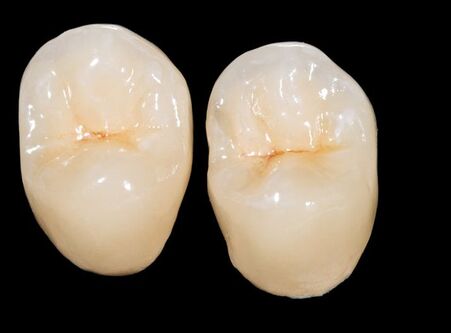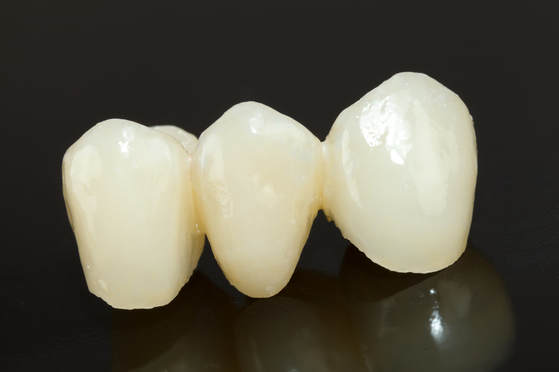CrownsA crown is a restoration that covers or caps, a tooth restoring it to its normal shape and size. Materials used today to fabricate crowns are natural-looking all-ceramics blended to match your teeth. As well as improve your appearance crowns help to strengthen and protect teeth weakened decay and destructive stress from further breakdown and potential loss |
|
Teeth weakened from decay, fractures, wear and root canal are prone to fracture and need the protection of a crown for these reasons · Teeth flex outward under the forces of chewing or grinding. Teeth with large fillings flex more than teeth with smaller (or no) fillings.· Tiny hairline cracks start to develop with the flexing.
Over time the number of cracks increase and they get bigger. The tooth becomes structurally weak and prone to fracture |
Itero Digital Scanning





